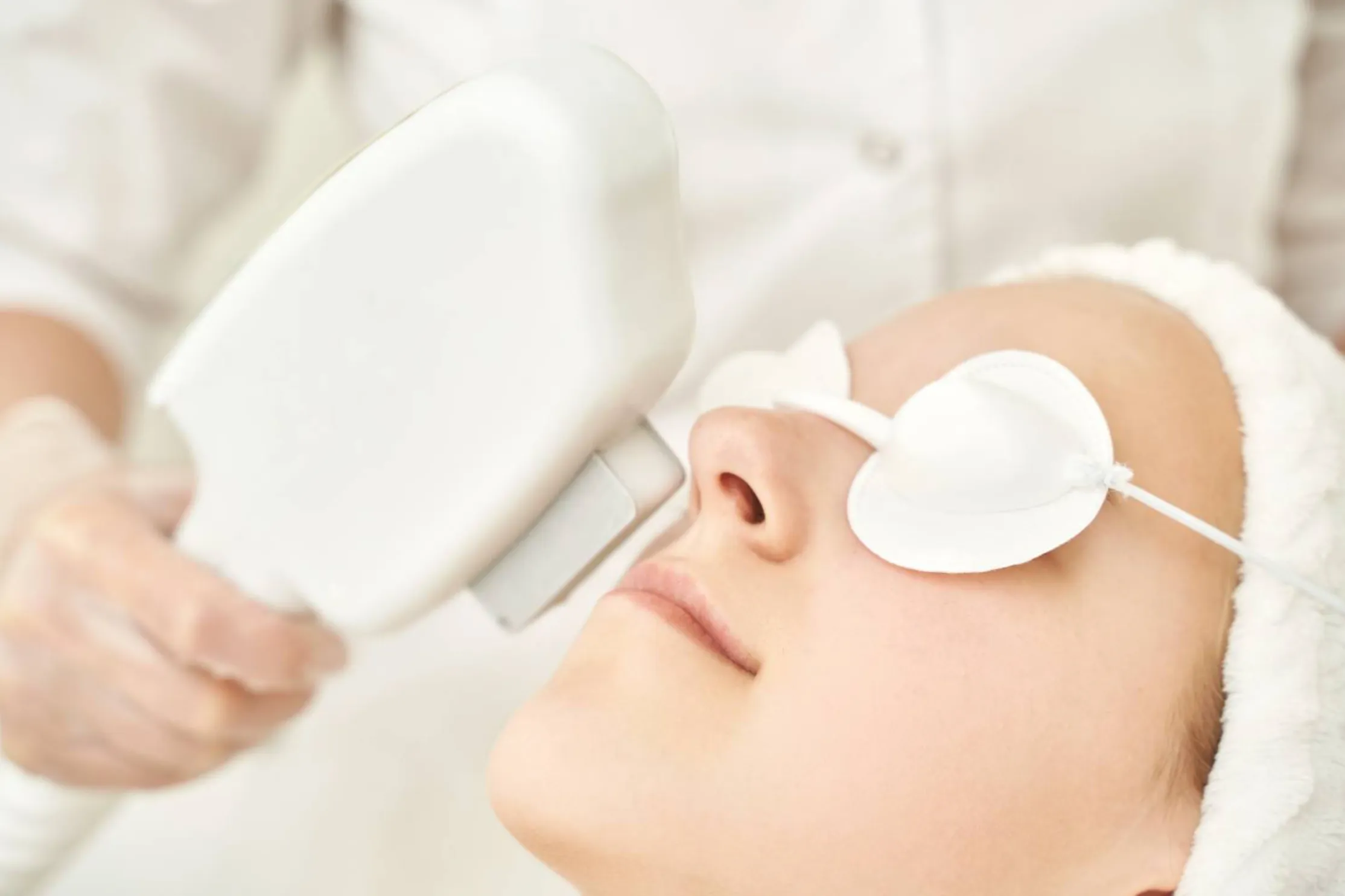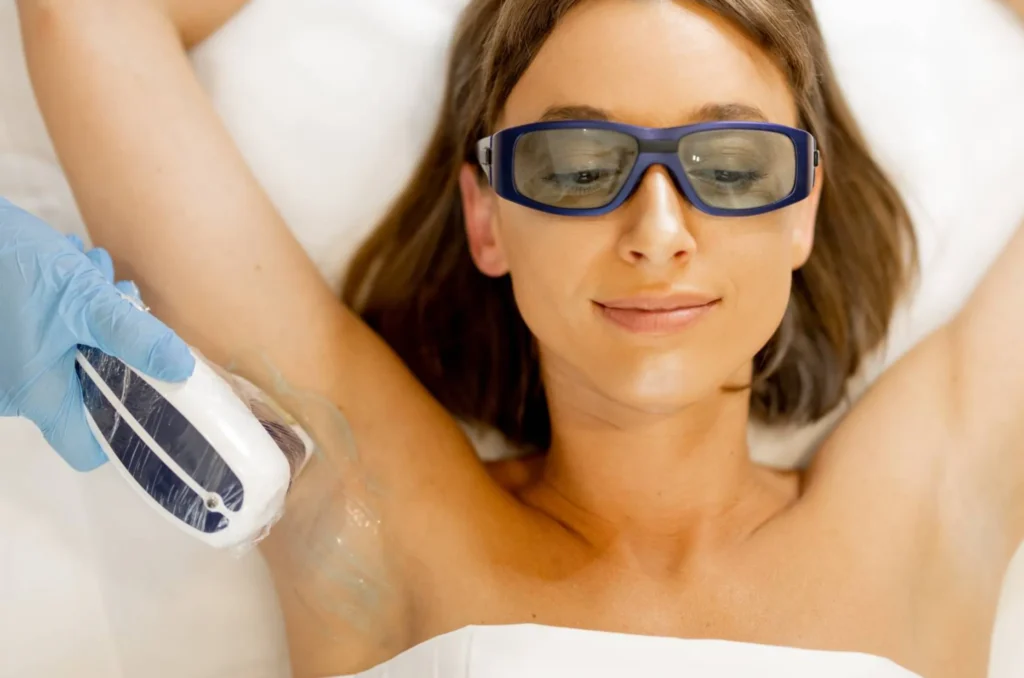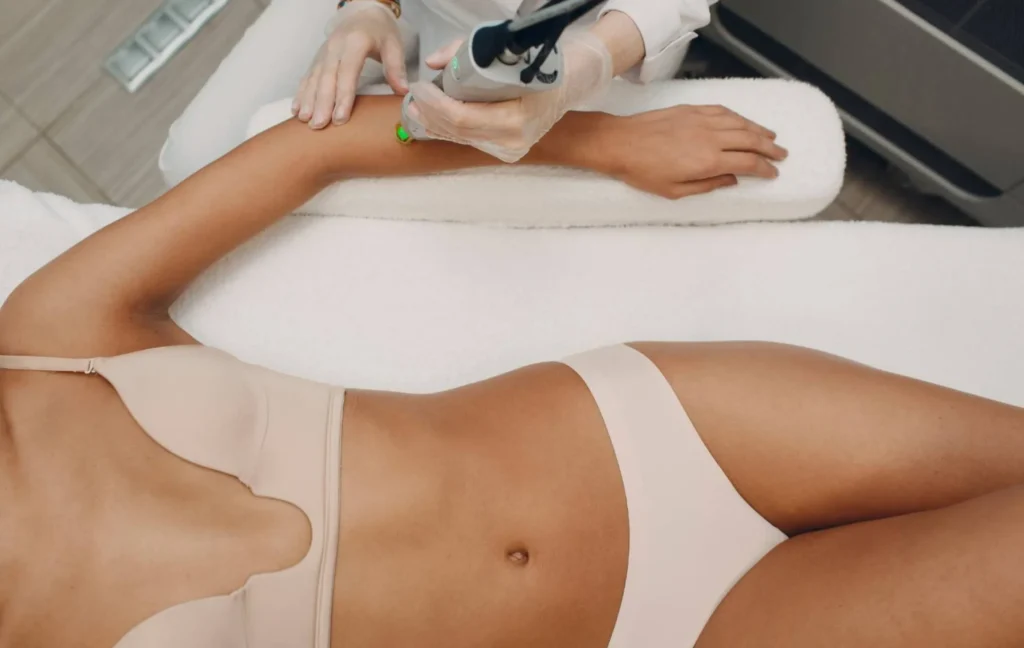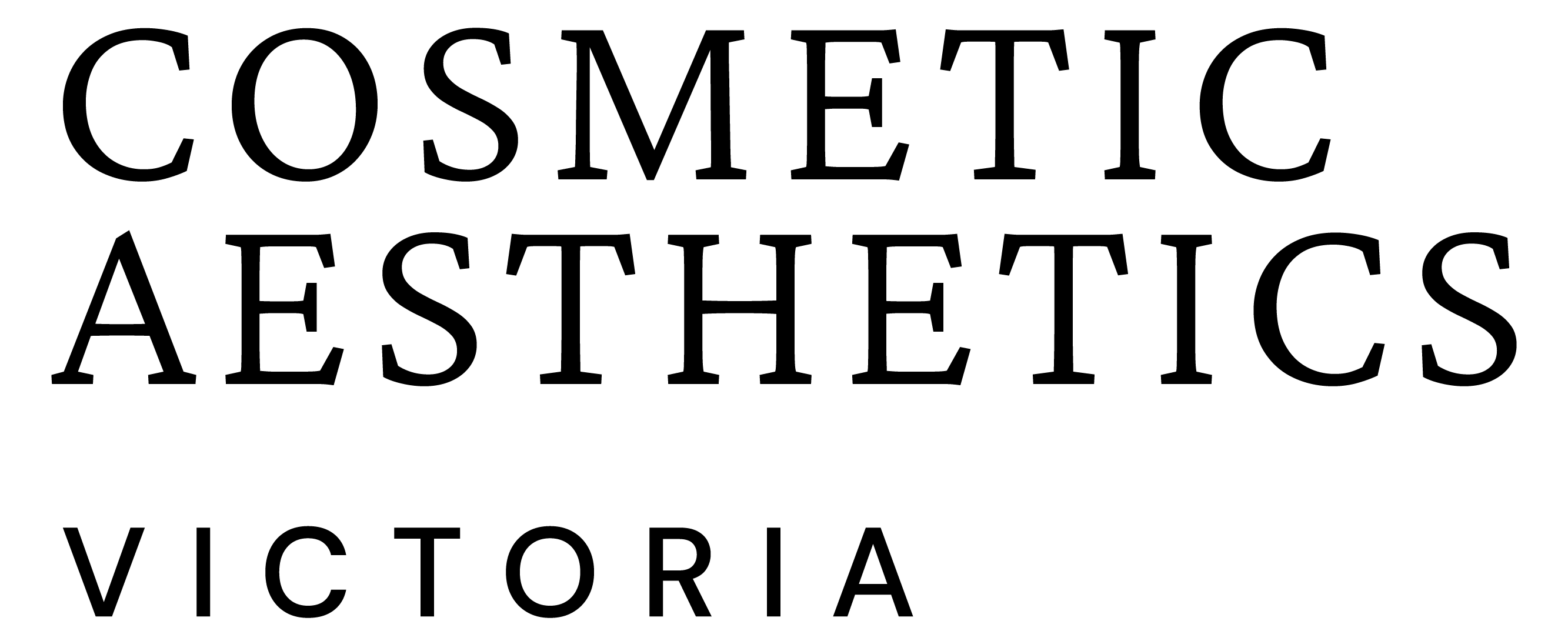
Choosing the Right Laser for Your Skin Type: A Comprehensive Guide
When it comes to laser treatments, one size doesn’t fit all. As someone who’s worked with clients across all skin types, I know how essential it is to choose the right laser for your unique skin tone and hair type. Whether you’re looking to remove unwanted hair, treat pigmentation, or improve skin texture, understanding which laser works best for you is key to achieving safe, effective results.
In this guide, I’ll walk you through everything you need to know about selecting the perfect laser, no matter your skin type, so you can step into your treatment with confidence.
Understanding Your Skin Type: Why It Matters For Laser Treatments
Key Concepts: The Fitzpatrick Skin Type Scale
When it comes to laser hair removal, the skin type you have is one of the most important factors in determining not only the safety of your treatment but its effectiveness too. I’ve seen it time and time again in my clinic: the difference between a successful and a less-than-ideal treatment often comes down to how well we match the laser to your skin type.
One of the best ways to classify skin types is using the Fitzpatrick Scale, a system developed by a dermatologist named Thomas Fitzpatrick in the 1970s. This scale categorises skin types based on how the skin reacts to UV exposure, taking into account how much melanin (the pigment responsible for skin colour) is present.
The scale runs from Type I (very fair, always burns, never tans) to Type VI (very dark, never burns, always tans easily). The higher the melanin content, the more susceptible the skin is to absorbing laser energy, which is why darker skin types require different treatments compared to lighter skin.
For example, I remember a client, Emily, who came in with Fitzpatrick Type II skin. Her skin was fair, and she was looking for a quick fix for some unwanted hair on her legs. Given her lighter skin, an Alexandrite laser worked perfectly for her, targeting the melanin in the hair follicles without affecting her skin. On the other hand, I’ve worked with clients like Joseph, who has darker skin (Type V), and for him, an Nd:YAG laser was the only option that would safely target the hair without risking any burns or pigmentation issues.
In short, your Fitzpatrick skin type helps us choose the right wavelength for your treatment – it’s all about matching the laser’s energy with your skin’s needs.
The Role Of Melanin In Laser Skin Interactions
Here’s the thing about melanin: it plays a huge role in how well laser hair removal works. You may not think of it much in everyday life, but melanin is what gives your skin, eyes, and hair their colour. It’s also what absorbs the laser energy, which is why we need to be careful when selecting a laser for your skin type.
For those with darker skin, like Joseph, the challenge is that the laser can’t just target the hair follicle. It also needs to avoid being absorbed by the surrounding skin, which has higher melanin levels. If too much energy is absorbed by the skin itself, it can lead to burns or hyperpigmentation. This is why the Nd:YAG laser, which has a longer wavelength, is often the safest choice for darker skin – it bypasses the melanin in the epidermis and directly targets the hair follicle.
In contrast, those with fair skin (like Emily) have a much lower amount of melanin in the epidermis. This makes them less susceptible to burns but also means that the laser can be more aggressive. The Alexandrite laser works well here because it’s highly absorbed by the melanin in the hair, making it highly effective for hair removal in lighter skin tones.
So, when we talk about laser hair removal, it’s all about the balance of melanin. Choosing the right wavelength is the key to ensuring both efficacy and safety. If you’re someone with darker skin, it’s not just about picking a laser – it’s about choosing a laser that protects your skin while targeting the hair effectively.

The Different Types Of Lasers And Their Suitability For Various Skin Types
| Laser Type | Wavelength | Best for Fitzpatrick Skin Types | Key Benefits | Common Uses | Cautions/ Limitations |
| Nd:YAG | 1064 nm | IV–VI (Darker Skin) | Deep penetration; bypasses melanin-rich epidermis; safe for dark skin | Hair removal, vascular lesions, and acne treatment | May require more sessions for lighter skin; slower results for finer/lighter hair |
| Alexandrite | 755 nm | I–III (Fair to Olive Skin) | High melanin absorption, fast and effective, large area coverage | Hair removal (fine to medium hair) | High risk of burns/PIH in darker skin; not recommended for skin types IV–VI |
| Diode | 810 nm | III–IV (Medium Skin) | Good balance of safety and efficacy; built-in cooling system | Hair removal (especially coarse hair), skin treatments | Must be used with caution on darker tones; efficacy varies based on device calibration |
| Moxi | 1927 nm | I–VI (All Skin Types) | Targets water, not melanin; gentle and safe for all tones | Skin rejuvenation, sun damage, texture, hyperpigmentation | Not used for hair removal; shallower penetration limits some deep treatments |
| Clear + Brilliant | ~1440–1927 nm | IV–VI (Darker Skin) | Gentle resurfacing, low risk of pigmentation, minimal downtime | Fine lines, tone, texture, and sun damage | Not suitable for deep resurfacing; multiple sessions needed for visible changes |
| Picosecond Lasers | Varies (e.g. 755 nm) | II–V+ (Sensitive & Melanin-Rich Skin) | Ultra-fast pulse, minimal thermal damage, precise targeting | Tattoo removal, melasma, acne scars, rejuvenation | Device-dependent; expensive; may not be available in all clinics |
Factors To Consider When Choosing The Right Laser
When choosing a laser, it’s important to recognise how your skin type can influence the outcome of your treatment. For instance, darker skin types (Fitzpatrick IV-VI) require a different approach than fair skin types because of the increased melanin levels in the skin. Melanin absorbs light, and if the laser isn’t selected properly, it can affect the skin itself, rather than just targeting the hair follicle or specific pigment.
I had a client, Raj, who had Type IV skin, and we had to carefully choose a laser that would bypass the melanin in his skin to target his hair follicles. After discussing the best options, I recommended an Nd:YAG laser, which penetrates deeper into the skin without being absorbed by the surface melanin. This approach was both safe and effective for Raj, ensuring that the treatment was successful without causing any damage to his skin.
For clients with lighter skin (Fitzpatrick I-III), the Alexandrite laser is often the first choice, as it efficiently targets the melanin in the hair follicles without much risk of damaging the surrounding skin. This laser is often the most efficient for fair skin, where the risk of pigmentation or burns is lower, and the hair absorbs the energy well.
The Importance Of Laser Wavelength In Skin Compatibility
Understanding the laser wavelength is vital in determining how well it will interact with your skin. Longer wavelengths like those in the Nd:YAG laser (1064nm) penetrate deeper into the skin, making it ideal for darker skin types. Shorter wavelengths, like those used in Alexandrite lasers (755nm), are better suited for lighter skin, as they focus more on the surface and tend to be absorbed by melanin more easily.
I’ll often refer to wavelengths as the “depth of penetration” when explaining this to clients. Think of it like diving into a pool – the longer wavelengths dive deeper into the skin (like a deep dive), while the shorter wavelengths only go a short distance (like a shallow dive). The deeper the wavelength can go, the safer and more effective it is for darker skin tones.
Additional Factors That Affect Laser Selection
When deciding on a laser, other factors come into play, such as skin sensitivity, hair thickness, and even the location of the treatment. For example, the hair on your legs is much thicker than the hair on your upper lip, so it requires a laser with higher energy settings for effective removal.
Diode lasers (810nm), for instance, are effective for medium skin tones with coarser hair. But if you have fine hair or if the area being treated is sensitive, we might use something gentler like the Clear + Brilliant or Moxi laser. It’s all about customising the treatment to fit your individual needs.
Risks And Side Effects: What To Expect Based On Your Skin Type?
Side Effects For Fair Skin Types (I-II)
For fair skin types, laser treatments are usually well-tolerated. Common side effects include mild redness, temporary irritation, and slight swelling, which typically subside within a few hours to a couple of days. I’ve worked with many clients like Sophie, who has Type II skin, and she experienced minimal side effects after her Alexandrite laser session for hair removal. She was back to her daily routine by the next day with only slight redness, which quickly faded.
Potential Risks For Medium Skin Types (III-IV)
For medium skin types, such as those with Fitzpatrick III-IV skin, laser hair removal can still be very effective, but there’s a slightly higher risk of hyperpigmentation (dark spots) or hypopigmentation (light spots) if the wrong laser is used. When I treat clients with medium skin tones, I always ensure that the laser settings are fine-tuned to minimise these risks. For example, when using a Diode laser on someone with medium skin, I make sure the energy levels are not too high, which can help avoid excessive melanin absorption and prevent complications.
A great example of this is with my client, Liam, who has Fitzpatrick Type IV skin. He came in for laser hair removal on his back, and we chose a Diode laser. By keeping the settings conservative and adjusting the power based on his skin’s response, we avoided any pigmentation issues, and he saw great results after just a few sessions.
In these cases, proper skin preparation is key, and I always advise clients to avoid sun exposure for at least two weeks before their session to reduce the risk of pigmentation changes.
Higher Risk Of Complications For Dark Skin (V-VI)
For darker skin types, such as Fitzpatrick V-VI, laser hair removal can still be incredibly effective, but it does come with higher risks if the wrong laser is used or the settings aren’t carefully managed. The higher melanin content in darker skin increases the risk of burns, scarring, and post-inflammatory hyperpigmentation (PIH) if not treated properly.
For instance, I recall working with Imani, who has Fitzpatrick Type V skin. She came to me for laser hair removal on her upper lip, but we had to be very cautious with the laser choice. For her skin, I recommended using the Nd:YAG laser, which is known for its deeper penetration and ability to bypass melanin in the epidermis. We also tested the settings beforehand to make sure the energy level wouldn’t risk pigmentation issues. The result was fantastic, with minimal side effects and long-lasting hair removal.
This type of care and preparation is crucial for darker skin, and in my practice, I always recommend using a cooling system like a sapphire tip or cryogen spray to enhance comfort and reduce the chances of side effects. For clients with darker skin, Nd:YAG lasers are often the safest option due to their ability to minimise skin damage while still effectively targeting the hair follicle.

Expert Tips For Safe And Effective Laser Hair Removal
Pre-Treatment Skin Preparation: Ensuring A Smooth Process
When it comes to preparing your skin for laser hair removal, proper preparation can make all the difference in achieving the best results with minimal side effects. From my years of experience, I always tell my clients that skin preparation is as important as the treatment itself.
Here’s a checklist of essential pre-treatment steps to follow:
- Avoid prolonged sun exposure for at least two weeks: Sunburned or tanned skin can be more sensitive and prone to burns during treatment.
- Shave the area to be treated: Shaving is crucial as it ensures the laser targets the hair follicle, not the hair above the skin.
- Avoid certain skincare products: Refrain from using retinoids, exfoliants, or harsh products for about 5-7 days prior to treatment. These products can make your skin more sensitive and increase the risk of irritation.
- Wear sunscreen: Always apply a broad-spectrum sunscreen (SPF 30 or higher) if you’re outside before your appointment to protect your skin from UV damage.
- Consult with your practitioner: Be honest about your medical history, skin concerns, and any current medications. Certain medications can affect how your skin reacts to laser treatments.
For instance, one of my clients, Jade, was on isotretinoin for acne when she came in for a consultation. Since this medication makes the skin more sensitive, I had to delay her treatment until she had finished her course and waited for her skin to return to normal. In cases like hers, patience is key.
Post-Treatment Care: How To Maximise Results And Minimise Side Effects
After your laser hair removal treatment, it’s vital to take care of your skin to ensure that the benefits last and you avoid complications. Based on my experience, here are some crucial post-treatment tips:
- Avoid sun exposure: Stay out of direct sunlight for at least two weeks. If you do need to go out, make sure to wear a high SPF sunscreen (30 or higher) to protect the treated area.
- Use soothing creams: Aloe vera or cooling gels can help reduce any redness, swelling, or irritation. I often recommend these to my clients right after treatment.
- No hot showers or saunas for 48 hours: Heat can irritate the treated skin, so it’s best to avoid hot water for a couple of days.
- Skip exfoliation: Don’t scrub or exfoliate the treated area for at least a week, as it can cause irritation.
- Be mindful of any discomfort: Light redness, swelling, and a tingling sensation are common and should subside within 24-48 hours. If symptoms persist or worsen, contact your practitioner immediately.
- Hydration is also important post-treatment, so I always recommend drinking plenty of water to help your skin heal.
Choosing the right laser for your skin type isn’t just about picking any laser – it’s about finding the right fit for your skin’s unique needs. Whether you have fair, medium, or dark skin, understanding your skin’s needs will help you make an informed decision that ensures both safety and effectiveness.
I always recommend that clients consult with a licensed professional who can assess their skin type and choose the best laser for them. A thorough skin evaluation is crucial, as it ensures that the laser settings are properly adjusted to suit your skin’s response.

